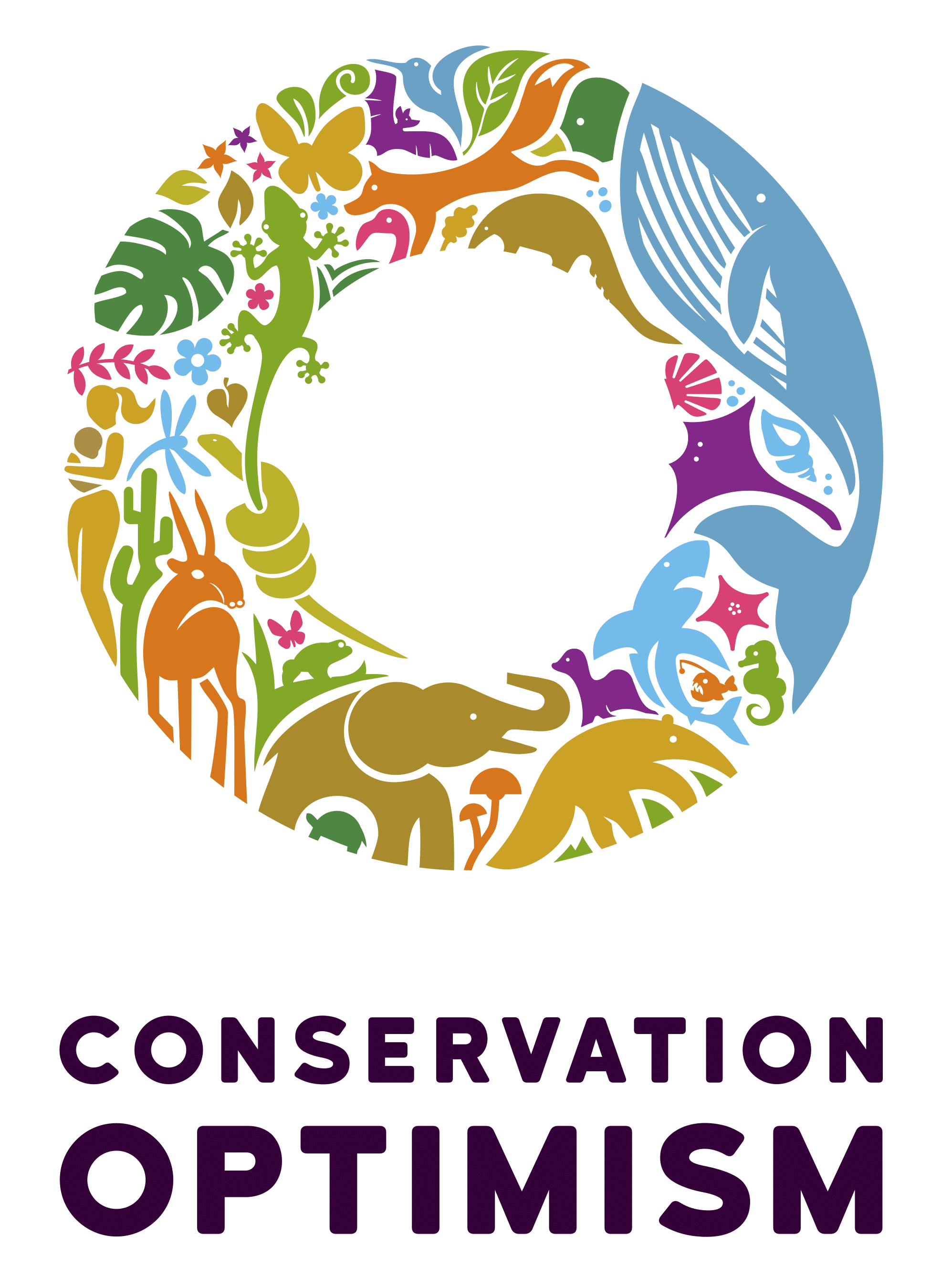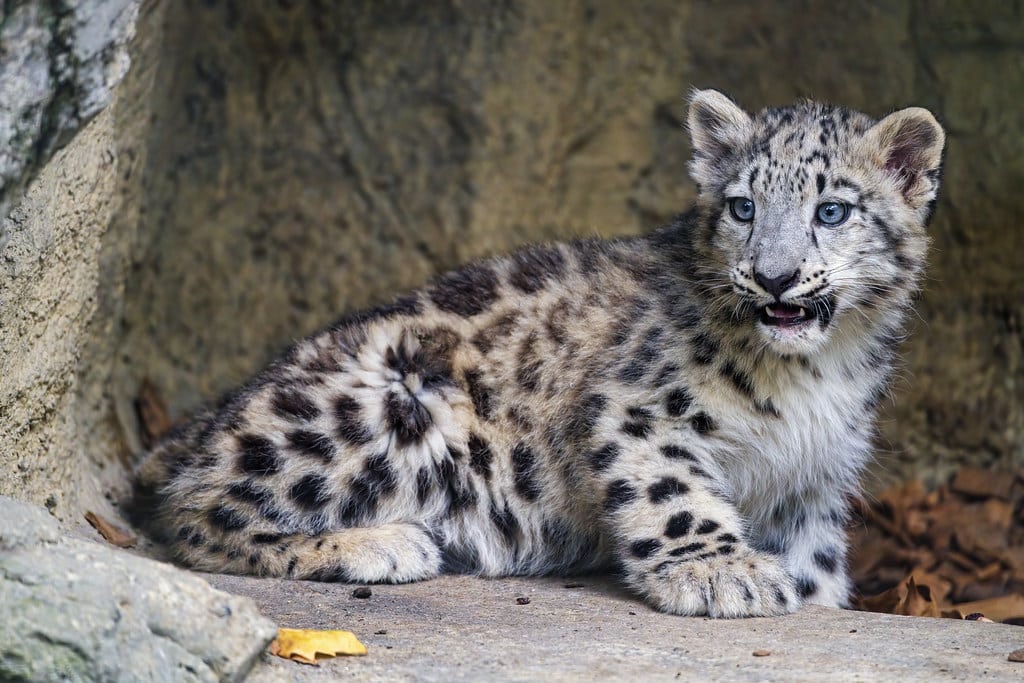Wondering what went right this week in the conservation world? We’ve got you covered with our Conservation Optimism Round-Up! We are collating stories of optimism from around the globe so that you never miss your dose of weekly motivation. (Image courtesy of Tambako the Jaguar from Flickr)
1. Proof in Action: Snow Leopard Conservation That Works
” Community-based and led conservation practices have been part of Snow Leopard Trust’s modus operandi for decades. However, the performance of such programs is rarely measured, making it difficult to assess their impact. A recent study evaluated the effectiveness of our large-scale, community-based conservation initiatives in five countries.”
Thanks to #community-based #conservation efforts, humans and #SnowLeopards are learning to #coexist!#speciessuccess #Himalayas #leopard #India #China #Pakistan #Mongolia #Kyrgyzstan #conservationoptimism #LetNatureThrive Photo: Snow Leopard Trusthttps://t.co/1gLj5MYBo6 pic.twitter.com/VACiY9QBgt
— Global Conservation Solutions (@_GCS_) December 2, 2024
2. AlUla community plants 500,000 trees, shrubs in Sharaan Nature Reserve
” The reforestation project used seeds sourced locally and cultivated at the commission’s native plant nursery, prioritizing species that enhance soil health, water retention and nutrient availability while creating a sustainable food source for herbivores introduced through the commission’s rewilding program. To date, the rewilding efforts have released more than 1,000 native animals into four protected reserves in AlUla. The project is also part of a broader ecological rehabilitation pilot in partnership with the Saudi Green Initiative, testing restoration techniques for arid regions. “
“The regeneration of AlUla’s natural habitats — its valleys, mountains, oases and its flora and fauna — is one of the main ambitions of the commission, alongside involving, uplifting and upskilling our community." #rewilding #conservationoptimismhttps://t.co/hhrpGjMYYO pic.twitter.com/q6WpQ4Qs8t
— Citizen Zoo (@CitizenZoo) December 7, 2024
3. Historic Agreement Signed for the Future of Nunatsiavut’s Land, Waters, and Ice
” This agreement marks the beginning of negotiations to establish a new Inuit Protected Area and national marine conservation area in northern Labrador, following the successful completion of a feasibility study in March 2024. The proposed Inuit Protected Area/national marine conservation area will be located in the Labrador Sea, adjacent to Torngat Mountains National Park. This area, a vital transition zone between Arctic and Atlantic ecosystems, is home to diverse wildlife, including polar bears, whales, dolphins, seals, seabirds, waterfowl, and numerous fish species. Its stunning landscapes range from fjords to expansive beaches and mudflats. For the Inuit of Labrador and Nunavik, this region is not only ecologically significant but also culturally and spiritually important, serving as a deep connection to the land and sea. If established, the protected area will span up to 17,000 square kilometres, safeguarding the coastal and marine waters of Nunatsiavut and ensuring a thriving marine ecosystem that will sustain the Inuit people for generations to come. “
Thanks to #conservation efforts, an MOU marks the beginning of a 17,000 sq km #Inuit #ProtectedArea and #MPA in #Labrador, #Canada, providing critical habitat for species like the #Arctic #Fox!#conservationoptimism #LetNatureThrive Photo: Shutterstockhttps://t.co/Jix0O4LLoY pic.twitter.com/2awwe6Z8GH
— Global Conservation Solutions (@_GCS_) December 6, 2024
4. The rangers turning the DRC’s ‘triangle of death’ back into a thriving wildlife reserve
“‘ Despite trying circumstances and limited resources, however, Upemba has managed to pull itself back from the brink. “Step by step, we have been able to find funding,” says Lain, who describes finding snares around Lusinga only a few years ago – a sign that rangers were setting them to poach animals. That has all but stopped. “We have also been able to recover a ranger force that had lost hope,” she says. “
From triangle of death to triangle of life. My news to me good news for Dec 4. #EarthOptimism #BeyondTheObituaries https://t.co/xuG8XTRcj3
— Dr. Nancy Knowlton (@SeaCitizens) December 4, 2024
5. 1,000 Endangered Animals Set to Return Home to Madagascar in Anti-Trafficking Victory
” In May, GNN reported that 48 lemurs, 30 primates of various species, several crocodiles, and over 1,000 rare tortoises were seized when a convoy of four smuggling trucks was raided in Thailand. The bust was valued at around $2 million on the black market, but now, these animals are set for a return to their wild homes on Madagascar. “
🦎🌍 1,000 endangered animals are set to return to Madagascar in a massive anti-trafficking victory. What’s your favorite conservation success story?https://t.co/Urg4c4rDFl
— Good News Network (@goodnewsnetwork) December 5, 2024
6. The United Nations Convention to Combat Desertification COP 16 ended its first week this week in Saudi Arabia.
“This is the third of the 3 Rio Convention COPs (the others being UNFCCC COP29 and UNCBD COP16) that have happened over these last couple of months”
Global spotlight on protecting and restoring land at @UNCCD #COP16Riyadh, paving the way toward a more sustainable future for hundreds of millions of people.
— UN Environment Programme (@UNEP) December 2, 2024
Here is a UNEP look at key topics expected to shape discussions:https://t.co/TtwTnNr8OJ pic.twitter.com/eIMhJa4fqD
7. Scotland rewilding project sees Bumblebee population soar 116 times
“In 2021, when some of the fields managed by the project were still barley monoculture, only 35 bumblebees were counted. But by 2023, after just two years of nature restoration work in the same fields, the population increased to 4,056.”
"Bumblebee population increases 116 times over in 'remarkable' Scotland rewilding project."
— Eoghan Daltun 🌍 (@IrishRainforest) November 29, 2024
Read that again: **116** times.
Why are we STILL having to argue the case for rewilding??https://t.co/lu9t3zExEe
Have a story to share for our weekly round-up? Use #ConservationOptimism on Twitter, Facebook, LinkedIn and Instagram!


